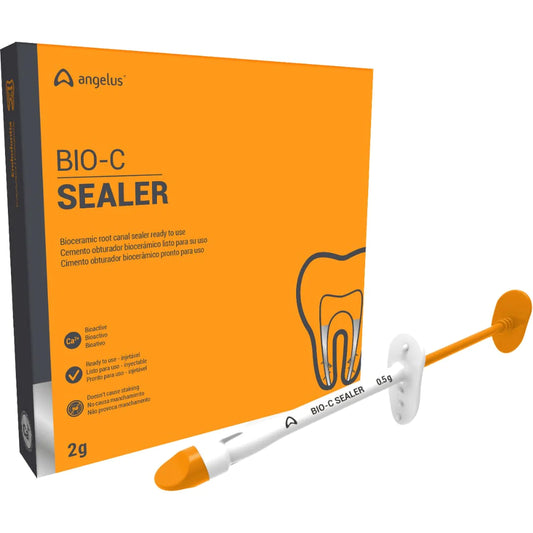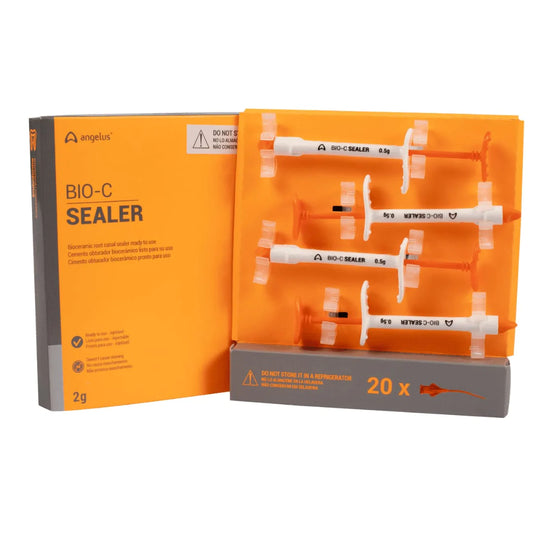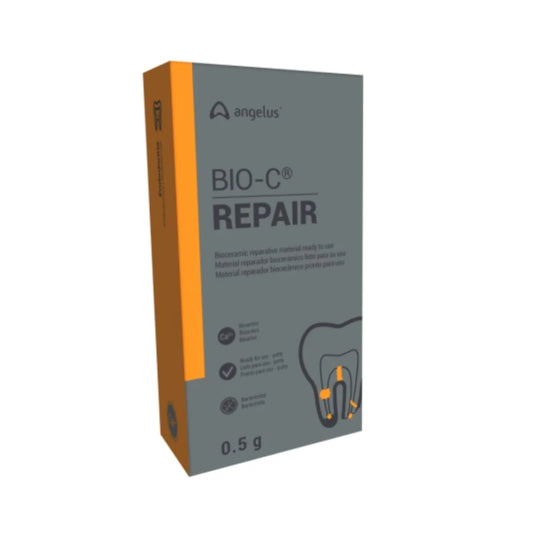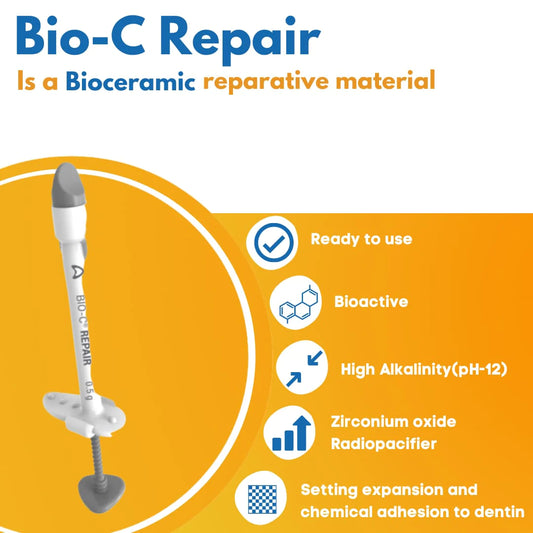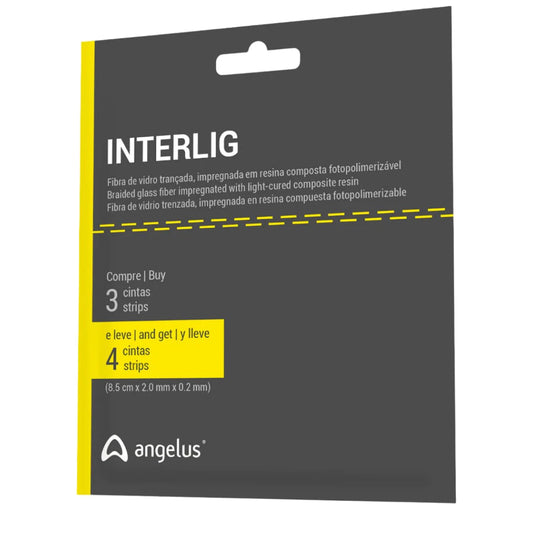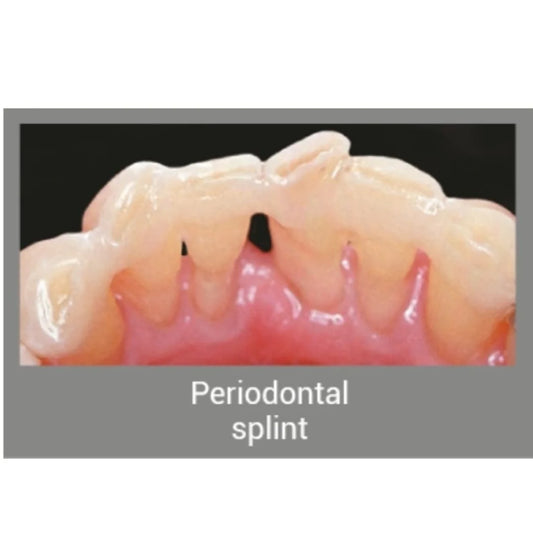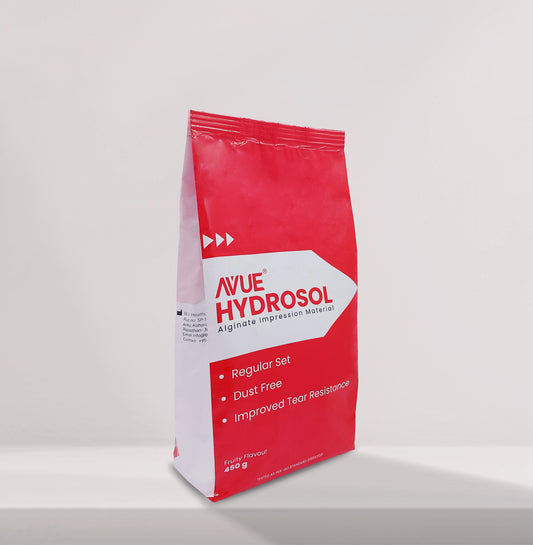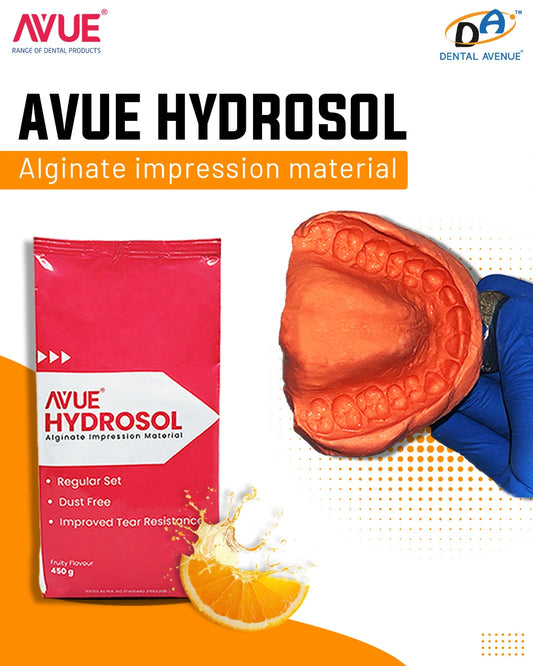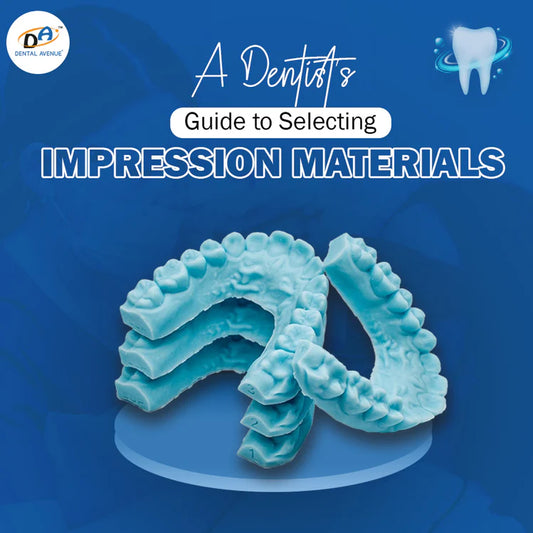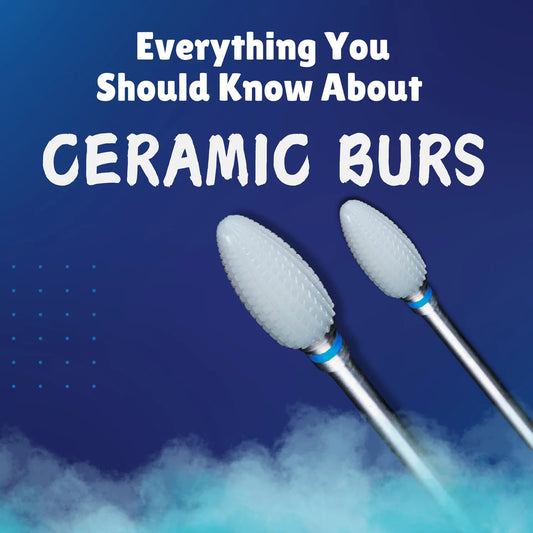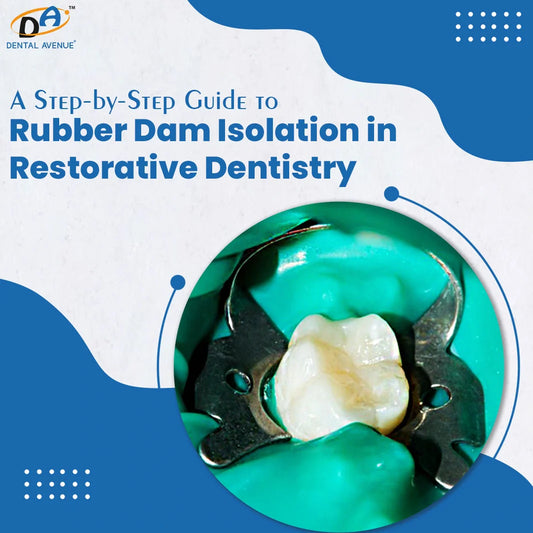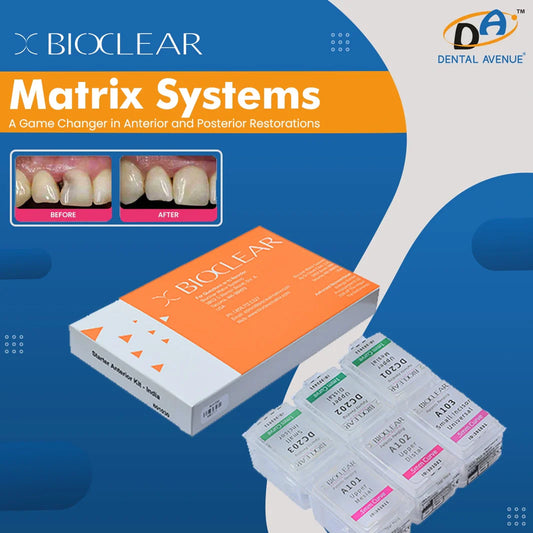Selecting the appropriate tooth filling material depends on more than just its physical properties. Dentists must evaluate restoration longevity, occlusal load, isolation conditions, esthetic priorities, and patient budget.
For clinicians, dental students, and dental product suppliers, understanding the clinical role of today’s most common direct restoratives helps inform both teeth filling treatment decisions and inventory planning.
This overview references findings from ADA, JADA, IJDM, PubMed, and ScienceDirect, offering evidence-aligned guidance for real-world use.
Composite Resins: Tooth-Colored Restorative Flexibility
Composite filling material is widely used where aesthetic results, enamel preservation, and direct bonding are essential. Advancements in nano and microhybrid composites have improved strength and handling.
Recommended Read - Achieving Superior Results with Hybrid Composites: Tips for Dentists
Common Uses:
- Class III–V restorations
- Small Class I and II occlusals
- Diastema closures
- Cosmetic contouring
Clinical Notes:
- Requires strict moisture control
- Technique-sensitive (incremental layering needed)
- Potential discolouration over time with staining agents
JADA (2022) reports high success rates for anterior composites when proper adhesive protocols are followed.
Glass Ionomer Cement (GIC): Fluoride-Releasing Tooth Filling Material
GIC is one of the frequently used types of dental fillings in cases involving high caries risk, pediatric patients, or compromised isolation. Its fluoride release helps reduce recurrent decay, particularly in underserved populations.
Common Uses:
- Non-load-bearing Class V cavities
- Atraumatic Restorative Treatment (ART)
- This dental filling material is for temporary restorations
- Geriatric cervical lesions
Clinical Notes:
- Not suited for high-stress occlusal zones
- Esthetics are limited compared to composite.
- Requires surface coating during initial setting
ScienceDirect (2021) highlights GIC’s value in community and preventive dentistry.
Resin-Modified Glass Ionomer (RMGIC): Balanced Performance for Versatile Use
RMGIC combines fluoride release with improved strength and esthetics. This tooth cavity filling material cures with light activation, allowing more control and speed during placement.
Common Uses:
- Root caries
- Pediatric posterior fillings
- Class V restorations
- Sites requiring quick placement with moderate aesthetics
Clinical Notes:
- Less durable than composite in high-stress zones
- Requires curing light
- Not recommended for extensive occlusal restorations
IJDM (2021) confirms RMGIC’s clinical success in elderly populations with root surface lesions.
Dental Amalgam: High-Strength Option for Posterior Load
Amalgam filling teeth remains a strong teeth gap filling material for large, posterior cavities where esthetics are not a concern and moisture control is limited. It offers long-term durability at a relatively low cost.
Common Uses:
- Extensive Class I and II molar restorations
- Moisture-challenged settings
- Budget-sensitive treatment plans
Clinical Notes:
- Requires mechanical retention and more prep
- Not suitable for visible areas
PubMed (2019) reports over 90% survival rate at 10 years for amalgam in molars.
Recommended Read - Comparing Alginate vs. Silicone Impression Materials: What’s Better?
Summary: Choose Tooth Filling Materials Based on Clinical Need
Material selection is driven by clinical indications, patient needs, and restorative goals—not by generic preference. Here’s a practical comparison:
| Clinical Factor | Composite | GIC/RMGIC | Amalgam | Temporary Filling |
|---|---|---|---|---|
| Esthetic zones | ✔✔✔✔ | ✔ | ✘ | Limited |
| Posterior strength | ✔✔ | ✔ (RMGIC only) | ✔✔✔✔ | ✘ |
| Fluoride release | ✘ | ✔✔✔ | ✘ | ✘ |
| Moisture tolerance | ✘ | ✔ | ✔ | ✔ |
| Placement time | Longer | Shorter | Fast | Very fast |
| Bonding requirement | Adhesive | Chemical | Mechanical | Mechanical |
| Expected longevity | 10+ yrs (anterior) | 5–7 yrs | 10–15 yrs | Days to months |

